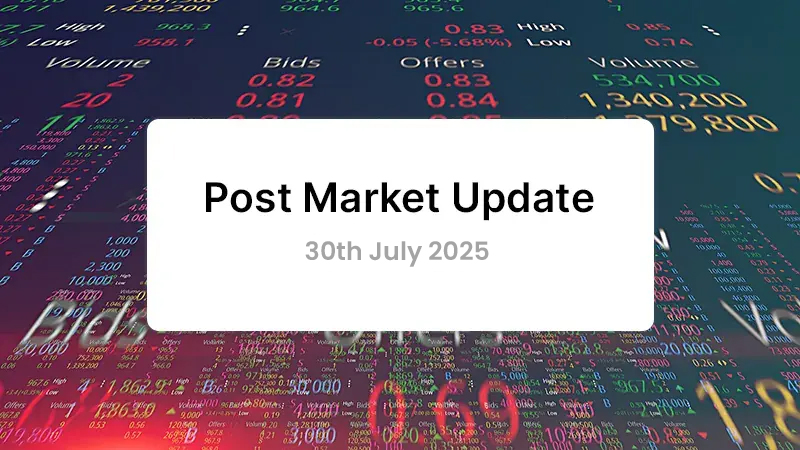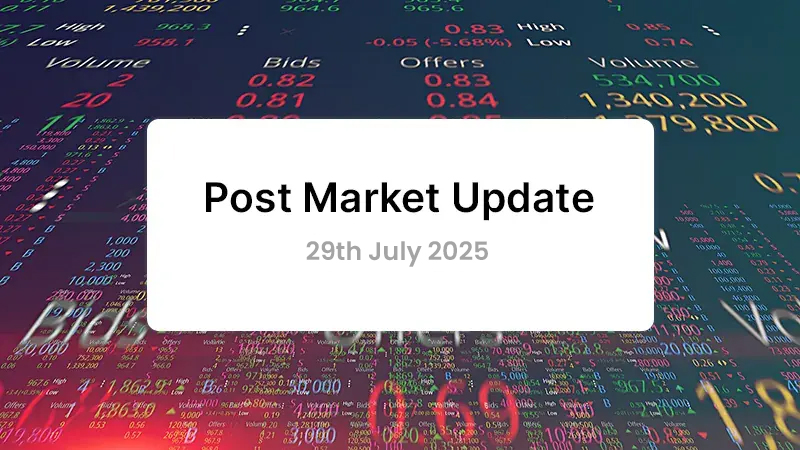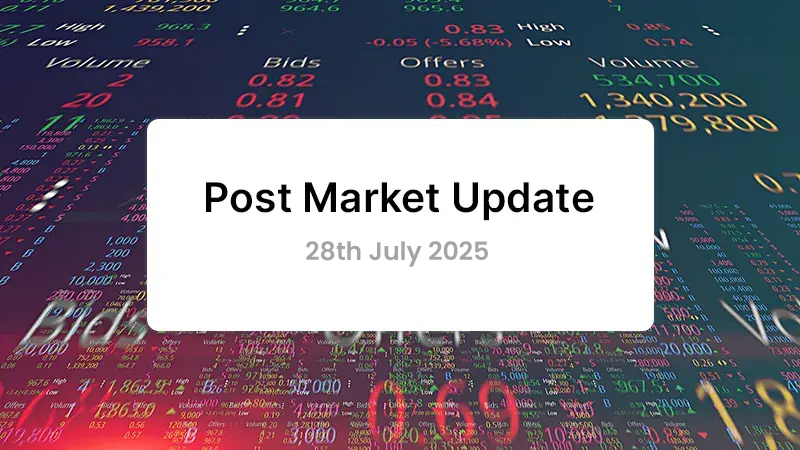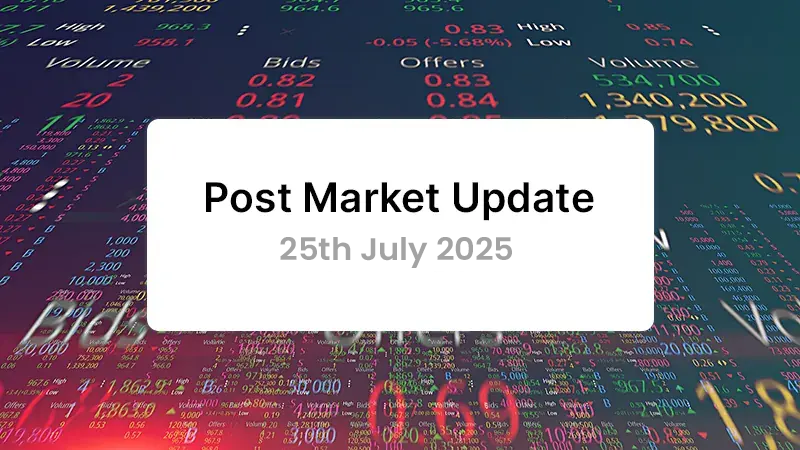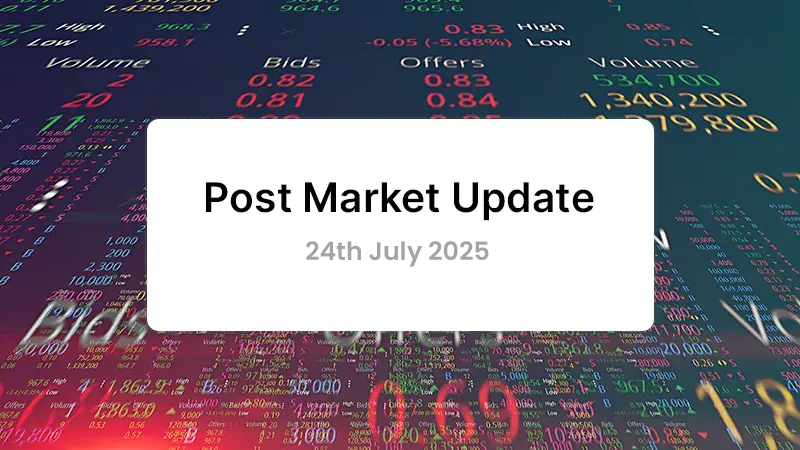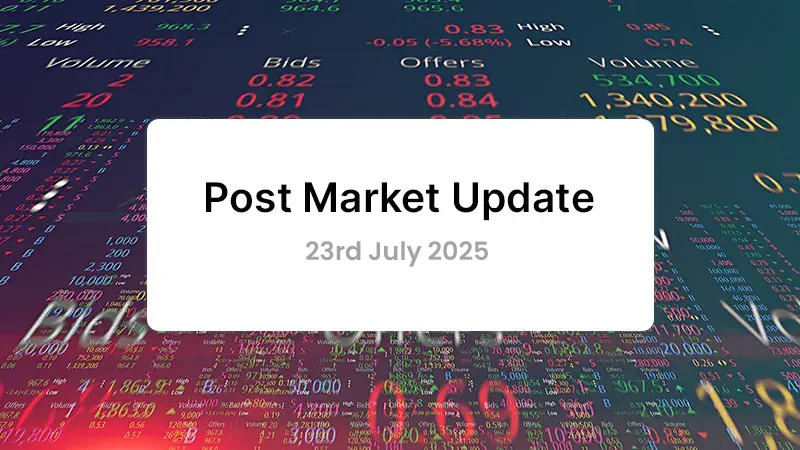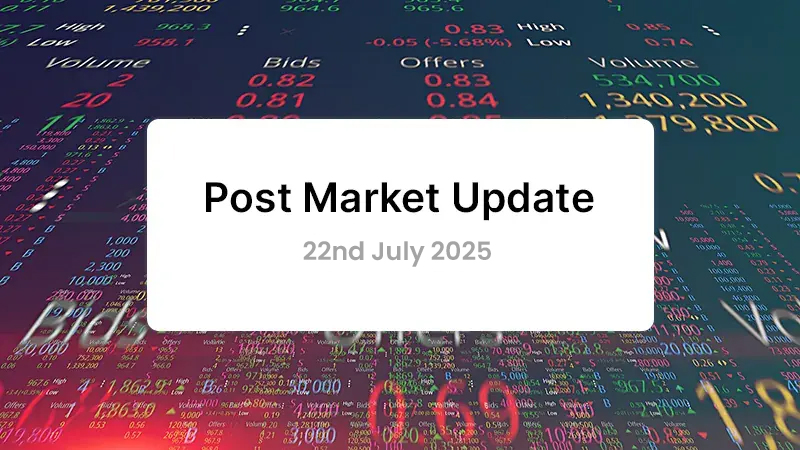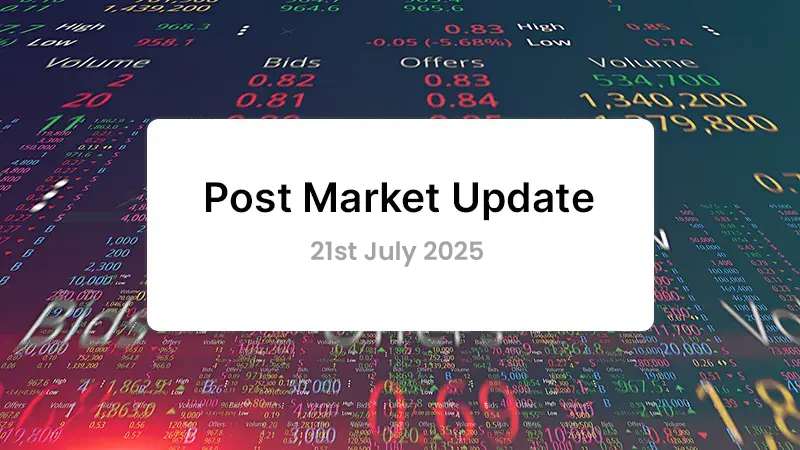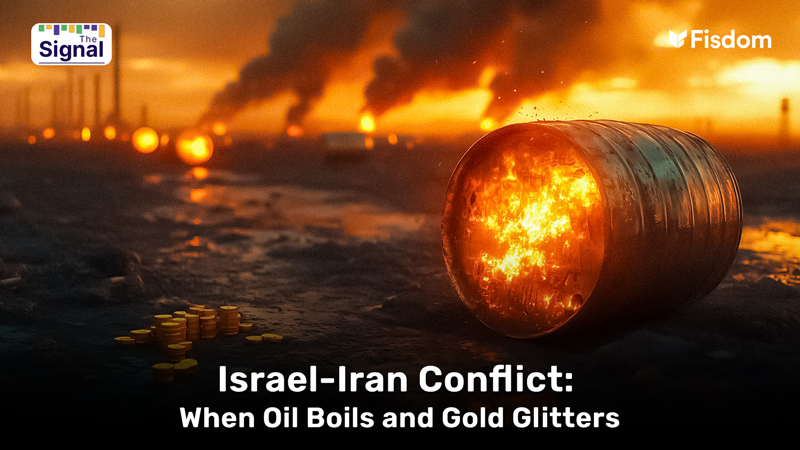
What began as a regional standoff has now rippled across global financial markets. The sudden escalation between Israel and Iran—marked by missile strikes, retaliatory threats, and real-time military maneuvers—has sent shockwaves through investors and economies alike. As oil surges and equity markets slide, India finds itself at a delicate crossroads: vulnerable to external volatility, yet armed with structural resilience.
The Shock That Rattled Markets
The world awoke on June 13 to news of Israeli strikes targeting Iranian nuclear and military infrastructure. While intelligence circles had anticipated some form of provocation, the scale and precision of the attack caught markets off guard. Soon after, Iran responded with a barrage of missiles, raising fears that the situation could snowball into a broader regional conflict.
In India, the immediate reaction was swift and telling. Benchmark indices fell over 1%, with widespread profit booking across sectors. Oil prices jumped nearly 10% intraday, while gold futures surged past ₹100,000 per 10 grams—a clear sign of investors seeking shelter in safe-haven assets. Government bond yields also edged higher, reflecting the market’s anxiety over prolonged inflationary pressures and tighter interest rate expectations.
Oil: The Double-Edged Sword
Crude oil lies at the heart of this crisis, both literally and economically. Iran is a key member of the OPEC+ bloc and a major global supplier. Any disruption in its output threatens to skew already delicate supply-demand balances. With Brent crude breaching $70 per barrel for the first time in months, concerns over inflation and current account deficits are beginning to dominate investor narratives in India.
For a country that imports over 80% of its oil, India’s macroeconomic stability is intricately linked to energy prices. Rising fuel costs tend to have a domino effect: pushing up logistics expenses, straining household budgets, and squeezing corporate margins. Sectors like aviation, auto, and paint—which rely heavily on crude derivatives—are already showing signs of pressure. Airline companies are bracing for costlier turbine fuel and potential rerouting due to airspace closures, while paint stocks have opened lower, factoring in higher input costs.
Gold and the Flight to Safety
As equities falter and currencies wobble, investors are turning to the age-old safe haven—gold. The yellow metal’s recent rally is as much about fear as it is about strategy. Indian gold prices have spiked sharply, reflecting both international momentum and rupee weakness. Interestingly, gold finance companies like Muthoot Finance and Manappuram are expected to benefit in this environment, as higher prices enhance loan-to-value ratios, encouraging more borrowing against pledged gold.
At the same time, the volatility index (India VIX) has surged over 8%, signalling a rise in risk aversion. Foreign investors, often the first to retreat in uncertain times, may continue to pull out funds, adding pressure to the equity markets. Margin funding levels among retail investors are also at elevated highs, raising concerns over potential liquidation if indices continue their downward trend.
Impact on India Inc.
While frontline sectors reel from the impact of rising costs, consumer sentiment could also take a hit. Rural demand, which was showing signs of revival, may once again come under strain as fuel-driven inflation eats into disposable incomes. Urban discretionary spending, too, could slow, impacting everything from branded apparel to jewellery. For companies like Dabur, Emami, and Marico, the risk is twofold: rising input costs and potential sales disruptions in the Middle East, a key market for their international revenues.
Meanwhile, defence emerges as a rare winner. With global interest in defence capabilities rising, India’s ambitions to become a net defence exporter may get a boost. Companies like Hindustan Aeronautics, Cochin Shipyard, and MTAR Technologies could benefit as geopolitical instability leads to stronger order books and export demand.
Currency and Exports: A Mixed Bag
A depreciating rupee, though typically favourable for exporters, comes with caveats. While IT, pharmaceuticals, and textile sectors may enjoy short-term tailwinds, these could be offset by slowing global demand and weaker consumption patterns in key export markets. Currency benefits might therefore be neutralised unless external demand holds steady.
In Conclusion
The Israel-Iran conflict has introduced fresh volatility into global markets, but India’s economic fundamentals remain on steady ground. While the immediate market reaction reflects fear and caution, history reminds us that markets tend to recover swiftly once geopolitical tensions stabilize.
For long-term investors, this is not a time to panic—it is a time to stay disciplined. Volatility can be unsettling, but it also opens up opportunities. A calibrated, patient approach focused on asset allocation, quality stocks, and risk management will help navigate this uncertain phase.
India’s structural growth story—driven by domestic consumption, reforms, and digital transformation—remains intact. As global narratives shift and clarity returns, those who stay the course today are likely to be rewarded tomorrow.
In every storm lies the seed of opportunity, and smart investors know when to wait and when to act.
Market this week
| 09th June 2025 (Open) | 13th June 2025 (Close) | %Change | |
| Nifty 50 | ₹ 25,160 | ₹ 24,719 | -1.8% |
| Sensex | ₹ 82,575 | ₹ 81,119 | -1.8% |
Source: BSE and NSE
- Indian equity markets closed the week in the red, marked by heightened volatility amid global geopolitical tensions.
- Initial optimism from progress in U.S.–China trade talks was overshadowed by Israel’s strike on Iranian nuclear facilities, triggering a global risk-off sentiment.
- Safe-haven assets like gold and U.S. bonds saw strong demand, while Brent crude oil surged past $76/barrel due to renewed supply concerns.
- Broader indices ended mixed, reflecting the choppy market sentiment through the week.
- Foreign Institutional Investors (FIIs) continued to offload Indian equities for the fourth straight week, with net sales of ₹1,246.51 crore.
- In contrast, Domestic Institutional Investors (DIIs) remained net buyers for the eighth consecutive week, infusing ₹18,637.29 crore into the markets.
- Nifty Realty led the sectoral losers with a 3% decline, followed by PSU Banks (-2.3%), FMCG (-2%), Banking (~-2%), and Metals (-1.5%).
- On the positive side, Nifty IT gained 3%, while Media and Pharma indices rose by over 1% each.
Weekly Leaderboard
| NSE Top Gainers | NSE Top Losers | ||||
| Stock | Change (%) | Stock | Change (%) | ||
| Tech Mahindra | ▲ | 5.6% | Eternal | ▼ | -4.9% |
| ONGC | ▲ | 4.8% | Adani Ports & SEZ | ▼ | -4.5% |
| Wipro | ▲ | 4.7% | Titan Company | ▼ | -3.9% |
| HCL Tech | ▲ | 3.5% | Power Grid Corp | ▼ | -3.5% |
| Grasim Inds | ▲ | 3.5% | TATA Steel | ▼ | -3.4% |
Source: BSE
Stocks that made the news this week:
Auto Ancillary Stocks Under Pressure:
Indian auto ancillary companies faced selling pressure on June 13 following comments from U.S. President Donald Trump, who hinted at increasing tariffs on imported vehicles to boost domestic production. This rekindled concerns over global trade tensions and potential supply chain disruptions. Stocks like Sona BLW, Samvardhana Motherson, Bosch, and Uno Minda fell up to 2% intraday. Adding to the sentiment, Sona BLW was also in focus after the sudden passing of its chairman, Sunjay Kapur, in London at the age of 53.
Shipping Stocks Sail Ahead:
Contrary to broader market weakness, shipping stocks outperformed significantly amid escalating Middle East tensions. Shares of Shipping Corporation of India and GE Shipping surged up to 10% as fears of trade disruptions and rising freight costs drove investor interest. The expectation of ships rerouting away from the volatile Strait of Hormuz, a key channel for global oil and gas transportation, fueled bullish sentiment on tanker rate hikes.
Gold Crosses ₹1 Lakh on Safe-Haven Demand:
As geopolitical tensions between Israel and Iran intensified, Indian investors flocked to gold as a safe-haven asset. MCX gold futures (August 5, 2025 contract) jumped by ₹2,011, hitting ₹1,00,403 per 10 grams. While gold financer stocks gained, jewellery-related names faced some selling. International prices on Comex also rallied above $3,425, supported by geopolitical risks and rupee weakness, which fell by 6 paise to ₹86.1 per USD.

